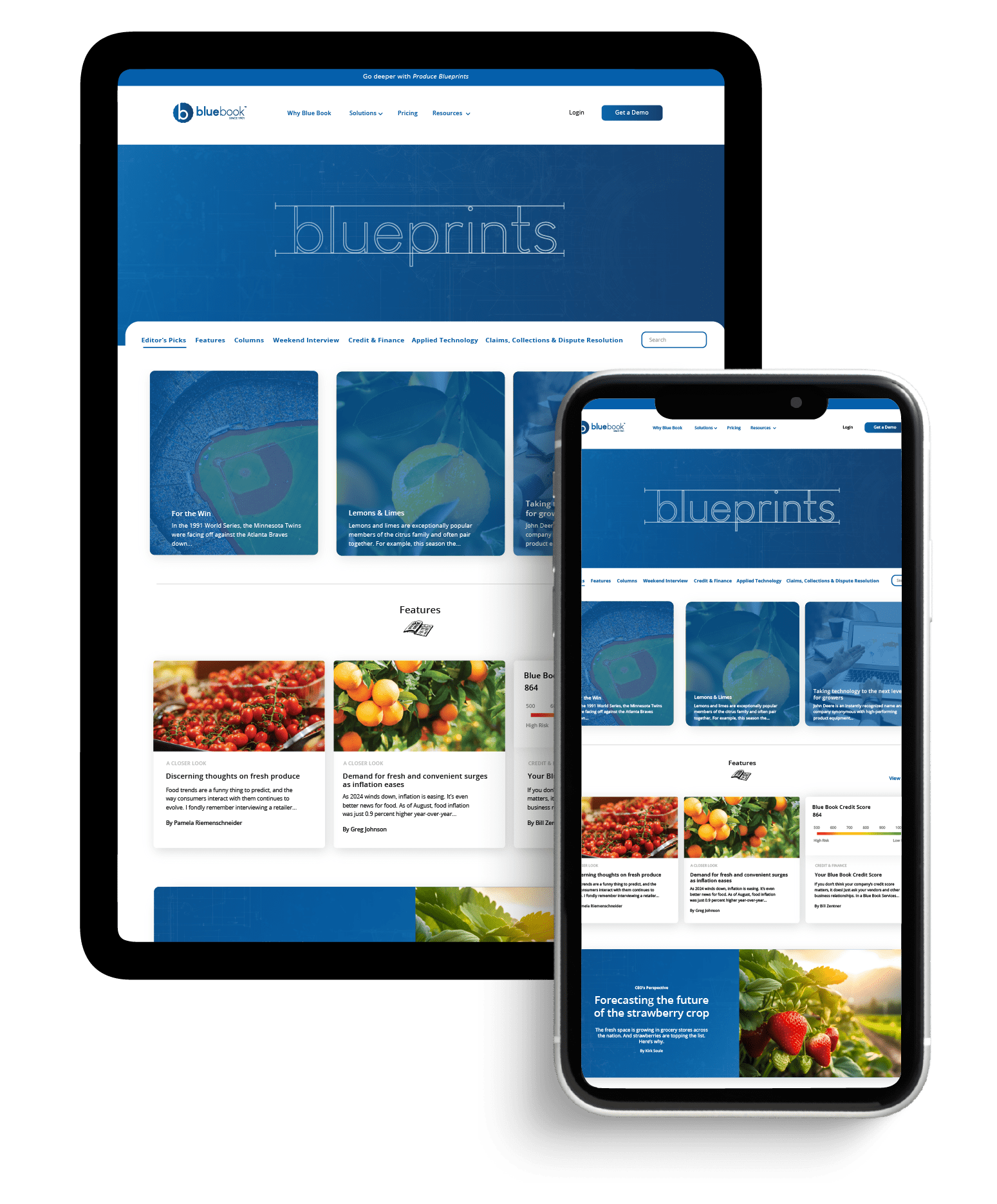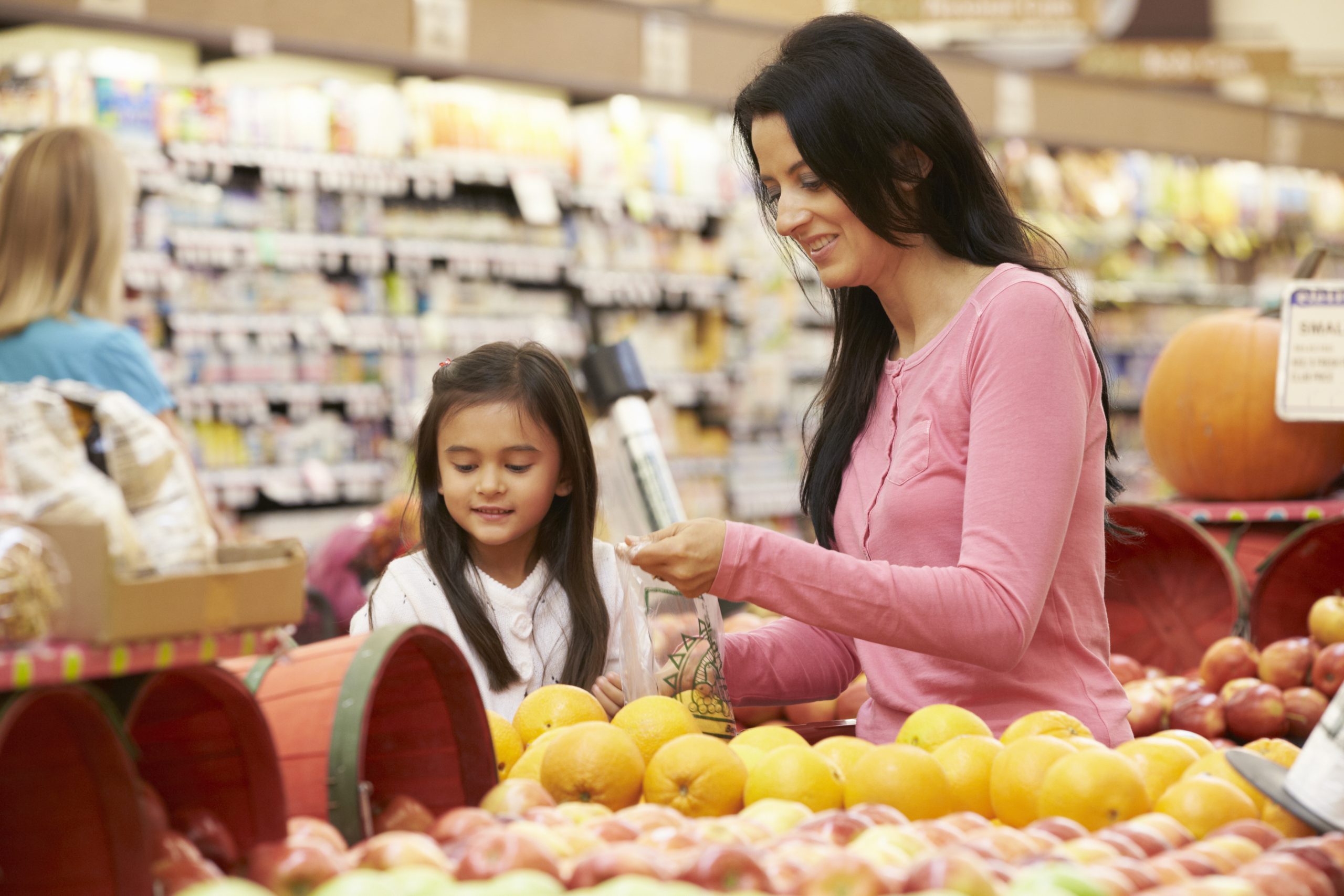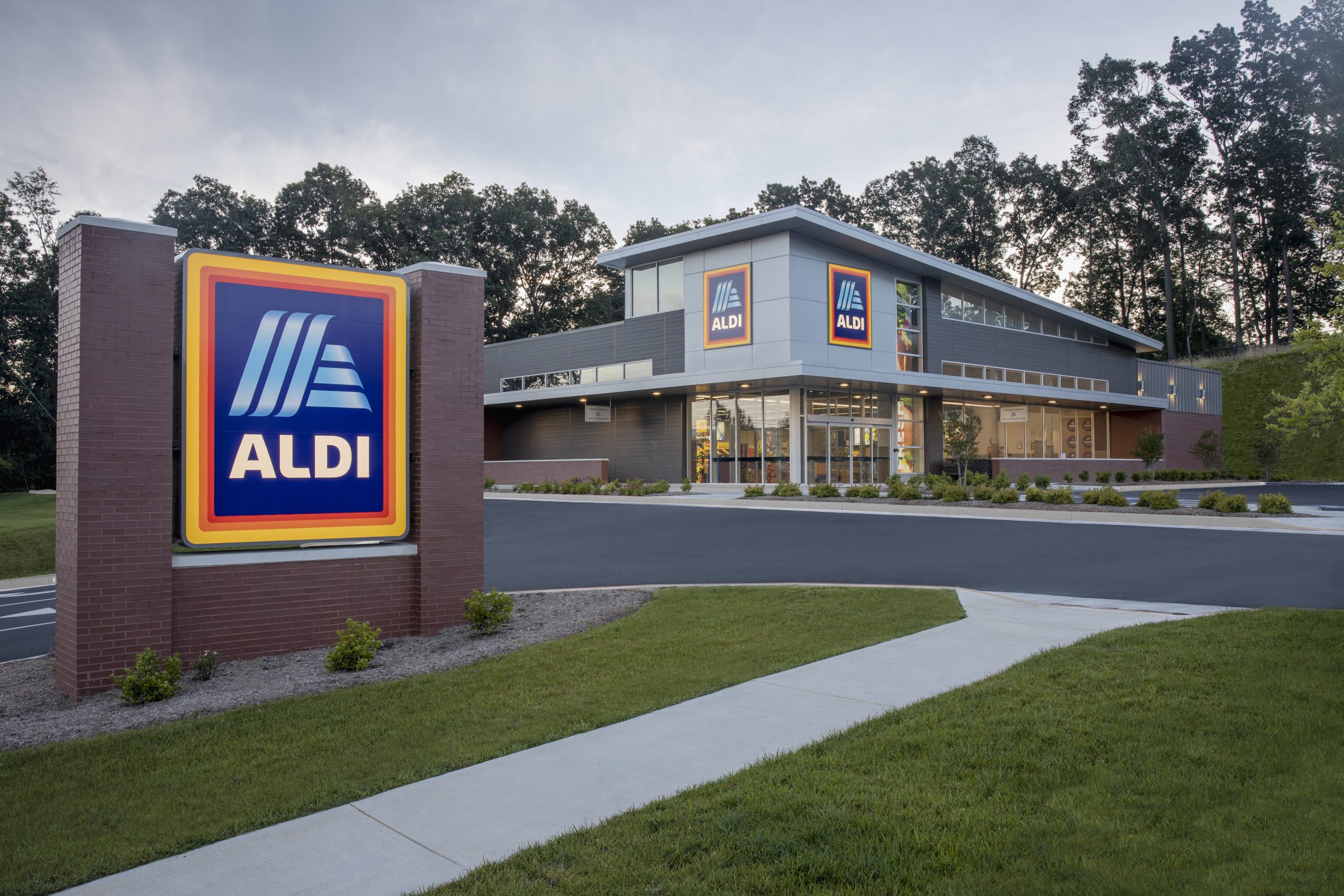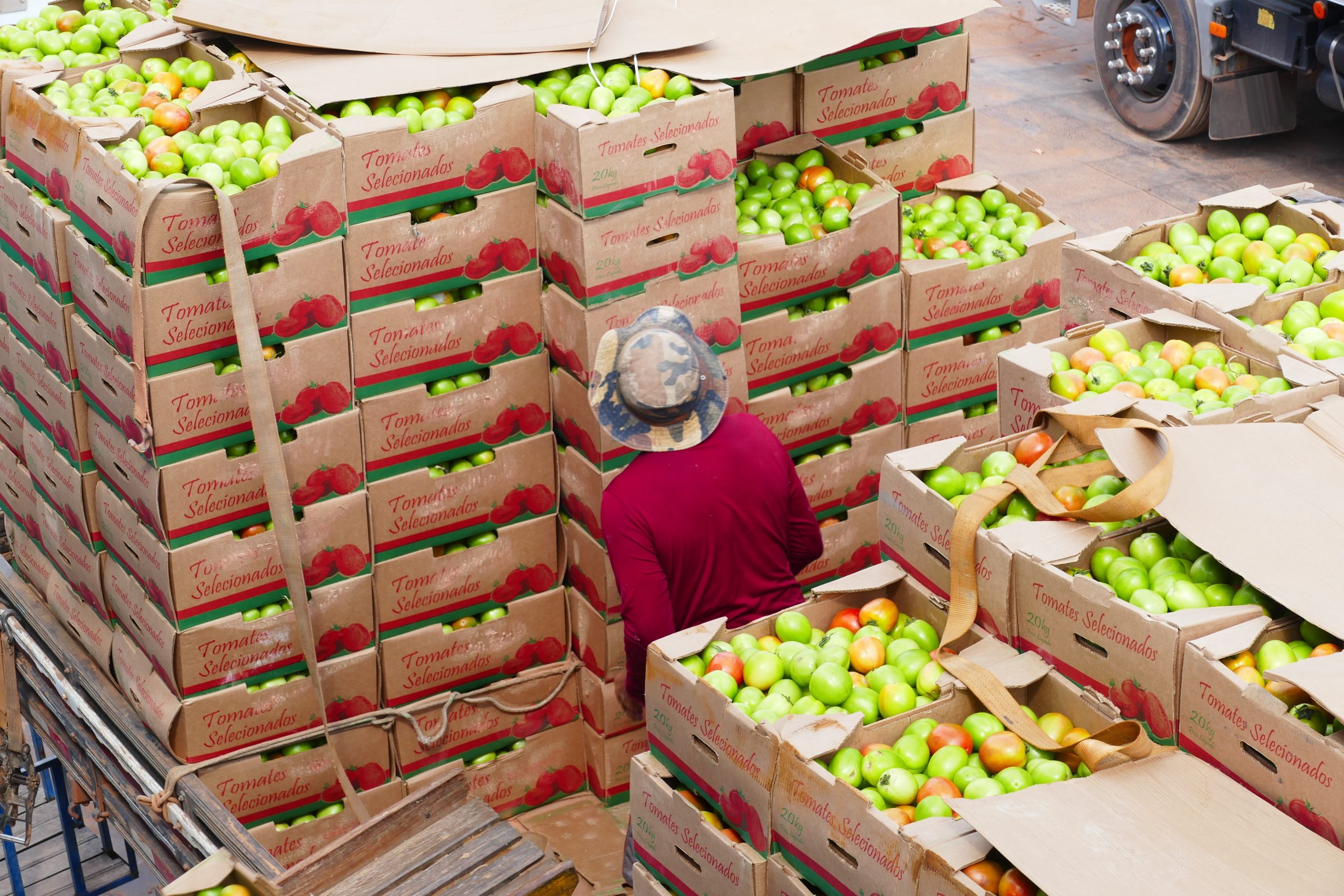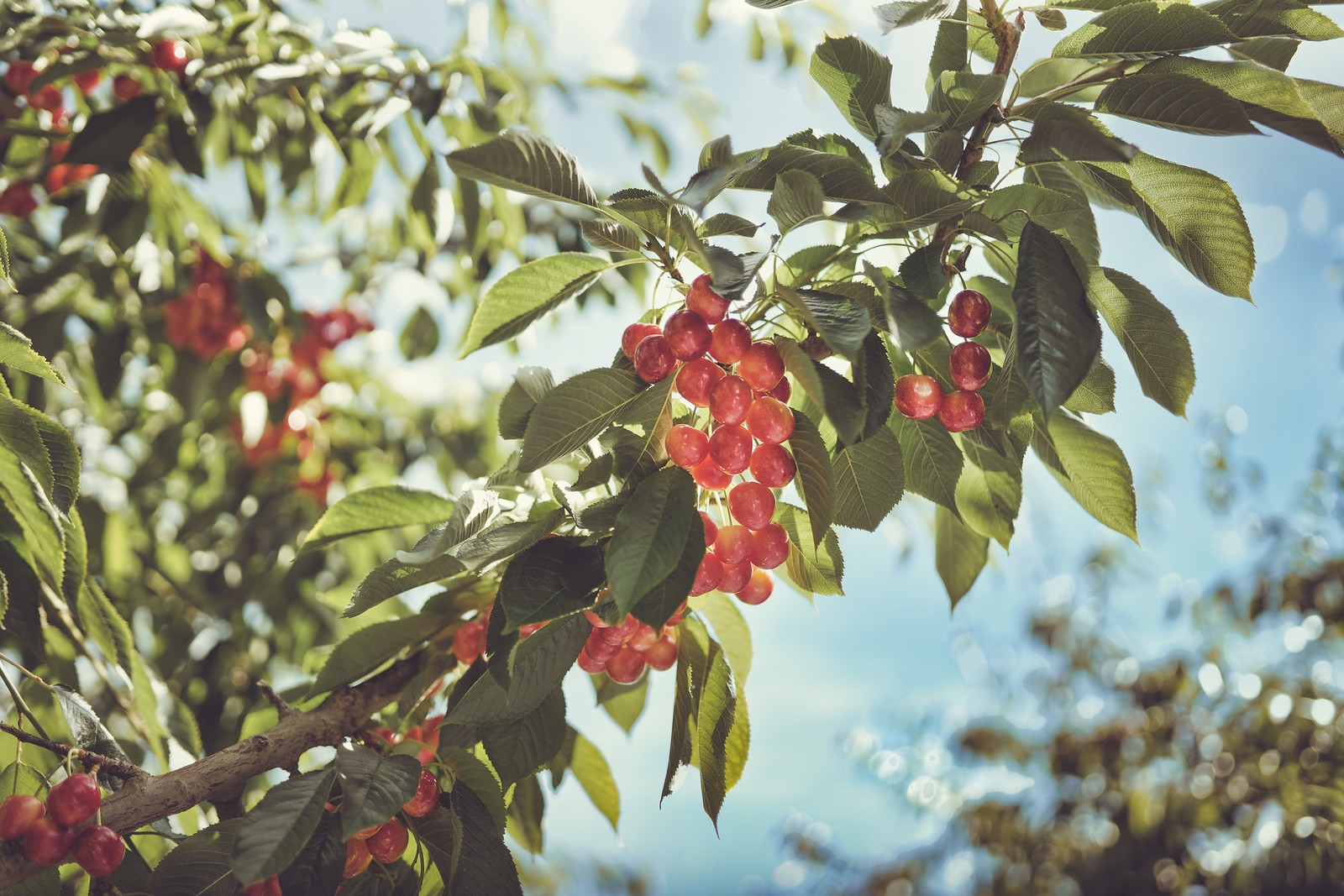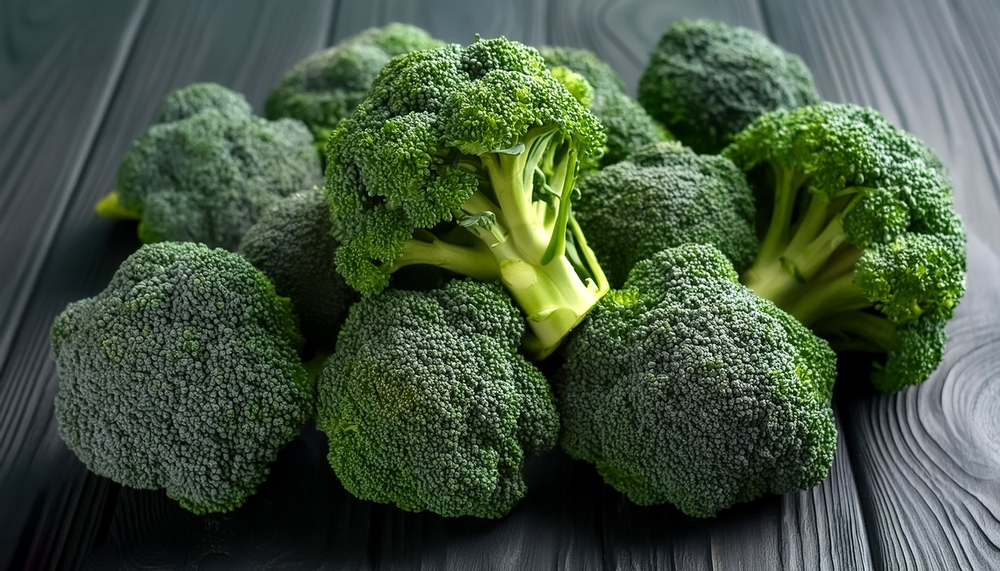Welcome to Blue Book!
Are you ready to join the thousands of companies who rely on Blue Book to drive smarter decisions? View our plans and get started today!
Still have questions? We’d love to show you what Blue Book can do for you. Drop us a line– we’ve been waiting for you.

Buyer’s remorse—that feeling of regret or anxiety after making an important purchase—happens to us all. In the days and weeks following a major transaction, key questions pop into your mind: did you do enough research on the supplier? Is the product the right quality? Could you have gotten a better price?
In the world of fresh produce, the potential for buyer’s remorse is high. The vast combinations of commodity, size, grade, and sourcing location create buying complexity. The need to balance cost and quality requires tradeoffs. Unanticipated events impact product availability.
These intertwined issues can lead to buying errors and imperfect transactions for even the most experienced fresh produce buyers.
Avoiding the pitfalls of buying missteps and the subsequent buyer’s remorse involves three actions: first, produce buyers must understand the challenges of buying produce; and second, they must identify appropriate solutions to the challenges.
POTENTIAL PITFALLS
It is easy to think that buyers simply evaluate some options and spend money. This is far from the truth in fresh produce procurement. Numerous variables must be considered, a high volume of information must be analyzed, and decision-making speed is amplified.
“Today’s buyers face many of the same challenges they faced 30 years ago, including finding high-quality products, negotiating fair prices, understanding the customers’ needs, and ensuring grower-shippers fill 100 percent of orders,” mentions Mark Shaw, vice president of operations for Markon Cooperative, Inc. BB #:123315, headquartered in Salinas, CA.
“The difference is they must move faster and make decisions quicker, as information flows so fast now.”
In short, the responsibilities of a fresh produce buyer are significant, and the challenges abundant. Here are seven key challenges (among many others) that can impact the buying process.
“The root cause of many of the challenges produce buyers face today is the lack of any significant knowledge of fresh produce or the fresh produce supply chain.”
Challenge 1: Declining Expertise
Shaw’s comments highlight the importance of having professional buyers with vast experience.
Yet he and the other contributors note the challenge of maintaining a strong level of buying expertise in their organizations. A wave of produce buyer retirements, newer buyers with limited agricultural or retail backgrounds, and declining appeal and availability of career paths is a growing problem.
“The root cause of many of the challenges produce buyers face today is the lack of any significant knowledge of fresh produce or the fresh produce supply chain,” confirms Rick Alcocer, senior vice president of sales and marketing for Duda Farm Fresh Foods, Inc. BB #:189666 in Oviedo, FL.
“It’s not unusual to have modern-day produce buyers stuck behind desktop monitors, making decisions based on spreadsheets alone, not even knowing about the items they’re ordering.”
Challenge 2: Indirect Engagement
Companies across the supply chain have become more reliant on centralized buying teams. While efficient, this approach can create supply chain visibility issues, product knowledge gaps, and communication issues.
Engagement levels decline and buyers become more reliant on suppliers for providing the data and insights rather than possessing such knowledge or expertise themselves. In turn, this creates vulnerabilities for the buyers and their companies when it comes to true product availability and quality.
In this regard, Martha Montoya, CEO of Irvine, CA-based AgTools, Inc. BB #:355102, explains: “In the past, we had field managers scouting product in the fields to give us an idea of what’s going on. You still need eyes and ears on the ground, but we just don’t have them anymore. You have to rely on the shippers.”
Challenge 3: Technology Reliance
Technology is a double-edged sword in the fresh produce industry. On the positive side, sophisticated technology supports innovative analysis and provides timely access to decision-making information.
Shaw notes that Markon associates can deliver a wealth of information whenever and wherever their customers need it. High-definition photos, live-from-the-field videos, social media posts, and virtual Zoom meetings facilitate knowledge transfer.
On the downside, technology reliance can create a false sense of reality. Email communication and data sharing are not the equivalent of relationship development.
Data analysis is just one of many skills needed to be a successful produce buyer. And, that analysis tends to narrowly focus on units and dollars. This is problematic, in that important buying issues do not receive the same level of attention.
“The other major components of the transaction—growing region, quality, surety of supply, taste, color, etc.—are rarely discussed,” points out Alcocer.
“When I first started, it was a local and regional produce buying situation. Now, people in the buying business are looking worldwide for sourcing options.”
Challenge 4: Supply Expansion
The complexity of the produce buying role has greatly expanded for several reasons.
First, the variety of fresh fruits and vegetables available in grocery stores has proliferated; second, produce buying is no longer a local proposition—it’s now a global enterprise; and third, supply expansion is not limited to U.S. companies and leads to greater competition from other buyers.
Sourcing expansion requires a broader understanding of supplier options, trade regulations, geopolitical issues, weather patterns, and more.
A supplier development lead for a major grocery chain, notes: “When I first started, it was a local and regional produce buying situation. Now, people in the buying business are looking worldwide for sourcing options.
“A buyer has to know what’s happening in Morocco and Peru, as well as in Georgia and California. As a result, there’s much more information pouring in all at once.”
Montoya adds that buyers are no longer competing against other companies in the United States for product, they’re competing with other countries in nearly all sourcing regions around the world.
She notes that countries lacking their own adequate agricultural supply are buying crops, land, and production groups to ensure fresh produce availability for their citizens.
Challenge 5: Speed Imperative
Increased competition combined with greater consumer expectations creates a challenging environment for buyers. They must be fast, resourceful, and flexible to ensure a steady flow of goods to store shelves.
Buyers must be able to balance traditional contracts with spot market purchases, negotiate effectively on price, and manage the unknowns of product quality and availability.
Shaw highlights the heightened pace of activity: “They really must be on their toes—staying knowledgeable in the use of new technologies, food safety measures, software programs, and more.”
Buyers must develop a strong sense of the market in terms of supply availability, demand trends, seasonal variations, and pricing to procure the right amount of product at the right time.
Challenge 6: Research Requirements
Buyers must develop a strong sense of the market in terms of supply availability, demand trends, seasonal variations, and pricing to procure the right amount of product at the right time. A failure to do so can lead to supply disruptions and costly resolutions, or due to perishability, food waste.
Montoya believes the best buyers are proactive, taking the lead on studying their sourcing regions—the geopolitical issues, the phenological weather patterns, and the growing conditions—to create actionable intelligence.
“You need to get your own data faster, more frequently than every year, every six months, or even every quarter,” she explains.
Shaw adds that strong research creates valuable outcomes: “Anyone can find product when supplies are abundant, but when product becomes scarce, buying skills really stand out.
“Anticipating market fluctuations, purchasing before supplies tighten, and increasing inventories that prevent shortages builds trust with your customers and allows a buyer to outmaneuver the competition,” he says.
Challenge 7: Sustainability Commitment
Juggling a wide range of product quality, cost, and availability goals is part and parcel of being a successful produce buyer.
Increasingly, they must add sustainability considerations into their priorities, decisions, and key performance indicators.
The customary aspect of these sustainability considerations is promoting environmental stewardship from the farm to the store shelf, which includes harvest practices, packhouses, packaging, shipping, and distribution.
A more inclusive sustainability perspective encourages buyers to consider food safety compliance, cold chain maintenance, and the long-term viability of suppliers in decision making processes, according to Montoya.
For example, the impact of canceling or rejecting a load goes beyond the obvious impacts like the delivery truck’s carbon footprint. Consequences related to natural resource waste, human capital misuse, and the financial impact on farmers should also be considered.
OVERCOMING OBSTACLES
Though they are frustrating and difficult, none of these produce buying challenges or pitfalls are insurmountable. They can be mitigated through a combination of talent development, process improvement, and technology integration.
It’s also necessary to have engagement from company leaders, as well as the necessary time commitment and financial support. Investing in people resources is a great way to rebuild buying expertise, reestablish direct engagement, and foster research capabilities.
“It doesn’t do any good to gather information if it’s not communicated in a timely manner. Capture the information, process it, and get it to the right people who will use it in real time.”
Leadership must support participation in training programs to ensure buyers have the proper mix of agricultural knowledge and business skills to succeed. Departmental structures that can put people in the fields for visits or tours will promote product knowledge and stronger relationships with growers.
Access to information resources in the form of database subscriptions, newsfeeds, and industry publications are another way to encourage buyers to effectively engage in market analysis.
Improving planning and execution processes will facilitate speed and promote sustainability. Where possible, buying practices should be standardized and information accessible across the enterprise to streamline decision making.
It’s also wise to have contingency plans in place to deal with disruptions that may slow product movement, and to embed sustainability considerations into supplier requirements, transportation routing, and packaging methods.
“It doesn’t do any good to gather information if it’s not communicated in a timely manner,” explains the retail supplier development lead. “Capture the information, process it, and get it to the right people who will use it in real time.”
Integrating technology across a company or organization, combined with proper training on the tools, will drive supply expansion and promote more effective technology use by buyers.
Produce companies need to align new tools with existing technology resources to drive information, innovation, and growth. Foundation components include analytics, database and data management, tools for application development and extension, integration, and intelligent technologies.
There is little value in chasing those “must-have” technologies if nobody knows how they work, what they do, or where they fit into the platform.
Montoya highlights the artificial intelligence craze as an example.
“It’s not artificial,” she emphasizes. “It’s just intelligence—simple math and simple prediction tools. All you need is good data, good brains, and good algorithms to develop solutions.”
“It’s not artificial, it’s just intelligence—simple math and simple prediction tools. All you need is good data, good brains, and good algorithms to develop solutions.”
SUMMARY
The traditional requirements of fresh produce sourcing—negotiating contracts, balancing costs, service, and quality goals, understanding demand, and achieving regulatory compliance safety—remain in place.
As the seven challenges explored above reveal, it’s also a more demanding time to be a fresh produce buyer. Supply chains are more global, customers are more demanding, and problems are more complex than ever.
“It’s a 24/7, in-your-face, fast moving, always changing kind of industry,” notes the retail supplier development lead. “You must have the personality and willingness to handle the ambiguity.”
To avoid the potential pitfalls, organizations must equip their buyers with appropriate knowledge, resources, processes, and technologies. Doing so will help these sourcing professionals thrive. Not only will they make better decisions and accomplish desirable outcomes, but they’ll be able to avoid that dreaded problem of buyer’s remorse.
This article was originally published in the July/August 2024 edition.


